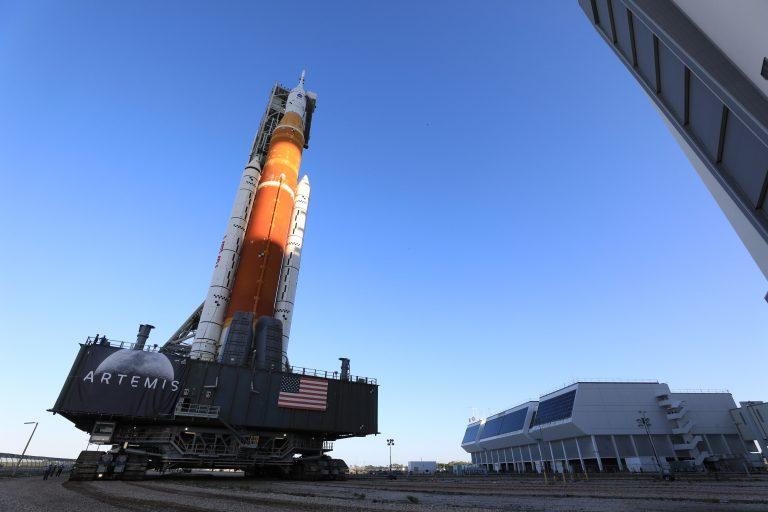NASA has put a patchy few months behind it to officially conclude the testing campaign for its Space Launch System (SLS) and begin preparations for its maiden flight later this year. All going to plan, that unmanned Artemis 1 mission will validate the rocket and Orion spacecraft for operation in deep space, and set the stage for the agency’s return to the Moon later this decade.
The SLS is the most powerful rocket ever built and, in combination with the Orion capsule, will serve as the workhorse for NASA’s Artemis program. Following more than a decade of development and testing, the complete rocket and spacecraft were rolled out to the launch pad for the first time in March, with engineers then beginning preparation for what’s known as a wet dress rehearsal.
This involved pumping more than 700,000 gallons (3.2 million liters) of cryogenic propellants into the tanks and running through a practice run of an entire countdown. This includes everything from weather briefings, deliberate pre-launch holds and propellant removal and replenishment.
Things didn’t go exactly to plan, however, with the team experiencing setbacks stemming from leaks and faulty valves, which set the program back somewhat. It was initially scheduled for a May launch, but only now, having analyzed the data from the most recent wet dress rehearsal on Monday June 20, is the team satisfied the SLS meets all requirements for launch.

NASA
“During the wet dress rehearsal activities, we have incrementally added to our knowledge about how the rocket and the ground systems work together, and our teams have become proficient in launch procedures across multiple sites,” said Tom Whitmeyer, deputy associate administrator for common exploration systems at NASA Headquarters. “We have completed the rehearsal phase, and everything we’ve learned will help improve our ability to lift off during the target launch window. The team is now ready to take the next step and prepare for launch.”
The team did detect another leak issue on June 20, but were able to sidestep the issue with a reprogrammed launch sequence that, together with previous rehearsals, ticked the necessary boxes for an actual launch. Engineers will now replace a seal to address this leak and then set a specific launch date, with SLS and Orion expected to return to the pad in late August.
Source: NASA
Source of Article